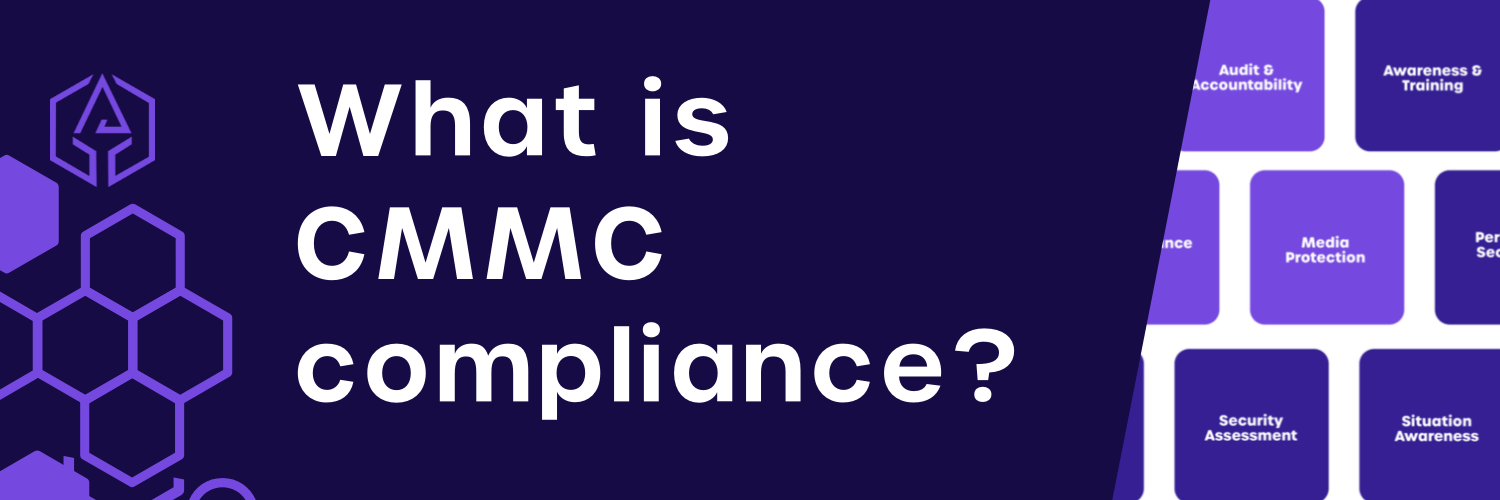CMMC Assessments Uncover Hidden Compliance Issues

Even with strict security measures, businesses often find hidden compliance issues. CMMC assessments are designed to uncover these problems, giving organizations the opportunity to fix them before they become more significant issues. Below, we’ll explore how different parts of these assessments reveal risks that might otherwise be missed.
Conducting Deep-Dive Audits on Access Control Logs
Access control logs serve as a critical source of information in determining who is accessing sensitive systems and when. During a CMMC assessment, auditors conduct a deep-dive into these logs to uncover any suspicious patterns that may indicate unauthorized access or policy violations. This close scrutiny helps organizations identify weaknesses in their access management strategies and take corrective action.
By reviewing logs for inconsistencies, CMMC consultants can spot red flags, such as multiple failed login attempts or unusual login times. These details might not be obvious during day-to-day operations, but they can be a significant indicator of deeper security vulnerabilities. A thorough review of access control logs is a powerful tool in bolstering an organization’s overall cybersecurity posture.
Examining Patch Management Histories for Gaps in Updates
Patch management is an essential component of maintaining a secure IT environment. CMMC assessments include an in-depth review of patch management histories to determine if any gaps exist in the organization’s update process. Missed or delayed patches can leave systems vulnerable to known exploits, which can compromise the entire network.
When conducting these reviews, auditors look for patterns of neglected updates or unsupported software versions that could present security risks. By identifying these issues, organizations are better positioned to prioritize updates and minimize vulnerabilities. Having a solid patch management strategy is critical to maintaining compliance and avoiding potential security breaches.
Tracing Data Flow Anomalies Across Internal Networks
Data flows within an organization’s network can reveal a lot about its security health. During CMMC assessments, experts trace the flow of sensitive data across internal networks to identify any anomalies. These irregularities could signal unauthorized access, incorrect configurations, or even the presence of malicious actors.
Auditors pay close attention to unusual data transfers or traffic patterns that do not align with normal operational behavior. A detailed investigation into data flow helps pinpoint where information might be leaking or where systems could be vulnerable to exploitation. This kind of insight is vital in preventing breaches and maintaining compliance with CMMC guidelines.
Testing Backup and Recovery Systems for Integrity Under Stress
A robust backup and recovery system is a cornerstone of any secure IT infrastructure. CMMC assessments take this a step further by testing these systems under stress to ensure they perform reliably when needed most. The goal is to verify that backups are not only happening regularly but also that recovery can be executed effectively in case of a real-world incident.
By putting backup and recovery systems through rigorous testing, CMMC consultants can expose potential weaknesses such as incomplete backups or data corruption. These assessments offer organizations the chance to improve their disaster recovery capabilities and ensure that critical data is protected under any circumstance.
Assessing Privileged User Activities for Potential Misuse
Privileged users, with their elevated access rights, can pose a significant risk if their activities are not properly monitored. CMMC assessments focus on analyzing the actions of these users to uncover any signs of misuse or policy violations. Unauthorized actions, even by trusted users, can result in serious security breaches.
Auditors review logs and access records to check if privileged users are accessing sensitive data or systems outside of their regular duties. This level of scrutiny ensures that no one can abuse their position to gain unauthorized access, helping organizations maintain a tighter grip on their cybersecurity framework.
Probing Vendor Security Protocols in the Supply Chain
Vendors and third-party providers often have access to critical parts of an organization’s infrastructure, making them a potential weak link in cybersecurity defenses. During CMMC assessments, experts probe the security protocols of vendors within the supply chain to ensure they meet the same standards as the organization itself.
The assessment process includes reviewing contracts, security audits, and incident response plans to verify that vendors are taking appropriate precautions. By identifying weaknesses in vendor protocols, organizations can strengthen their supply chain security and mitigate the risk of third-party breaches. Keeping the entire supply chain secure is vital for achieving and maintaining CMMC compliance.
